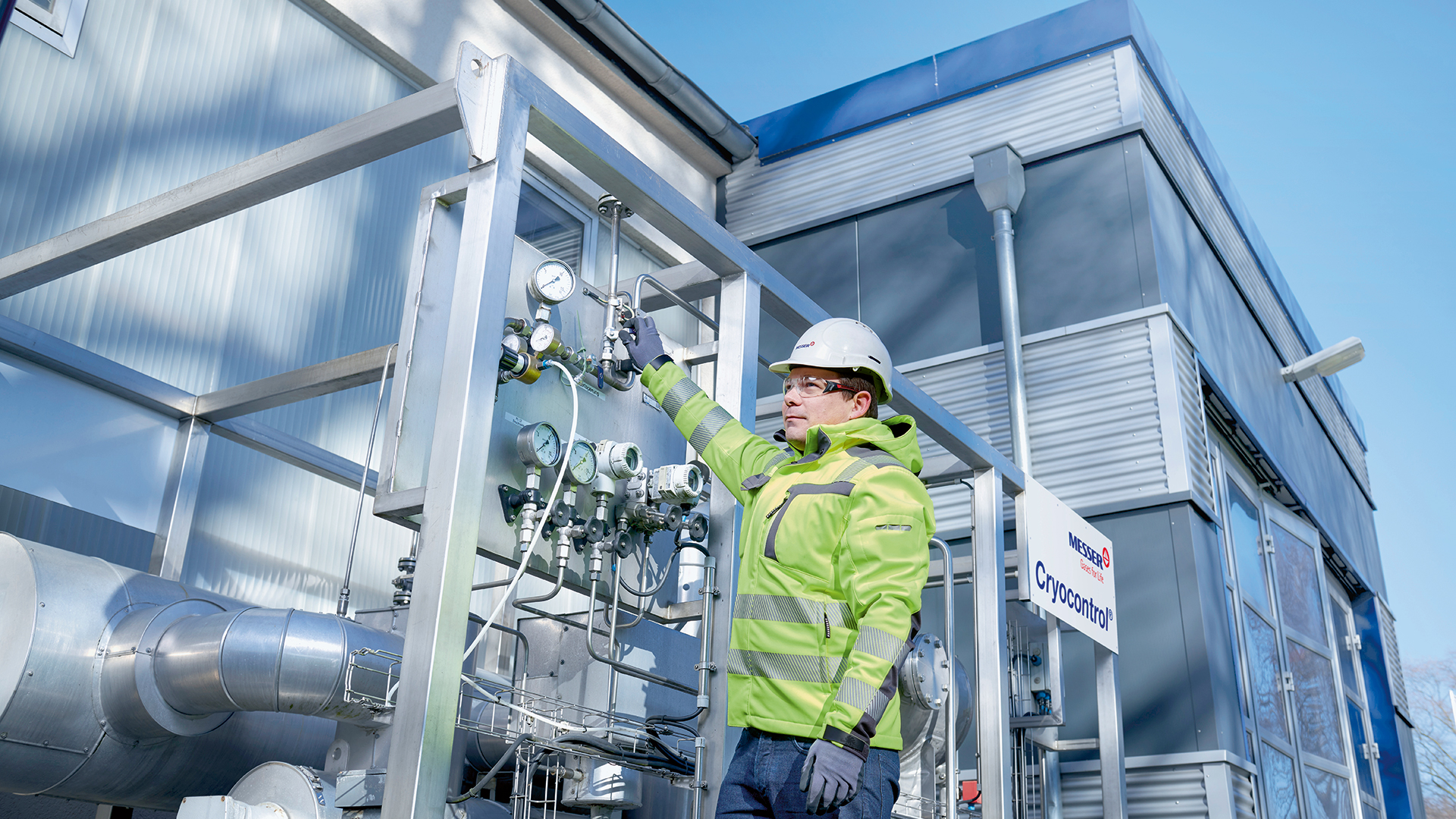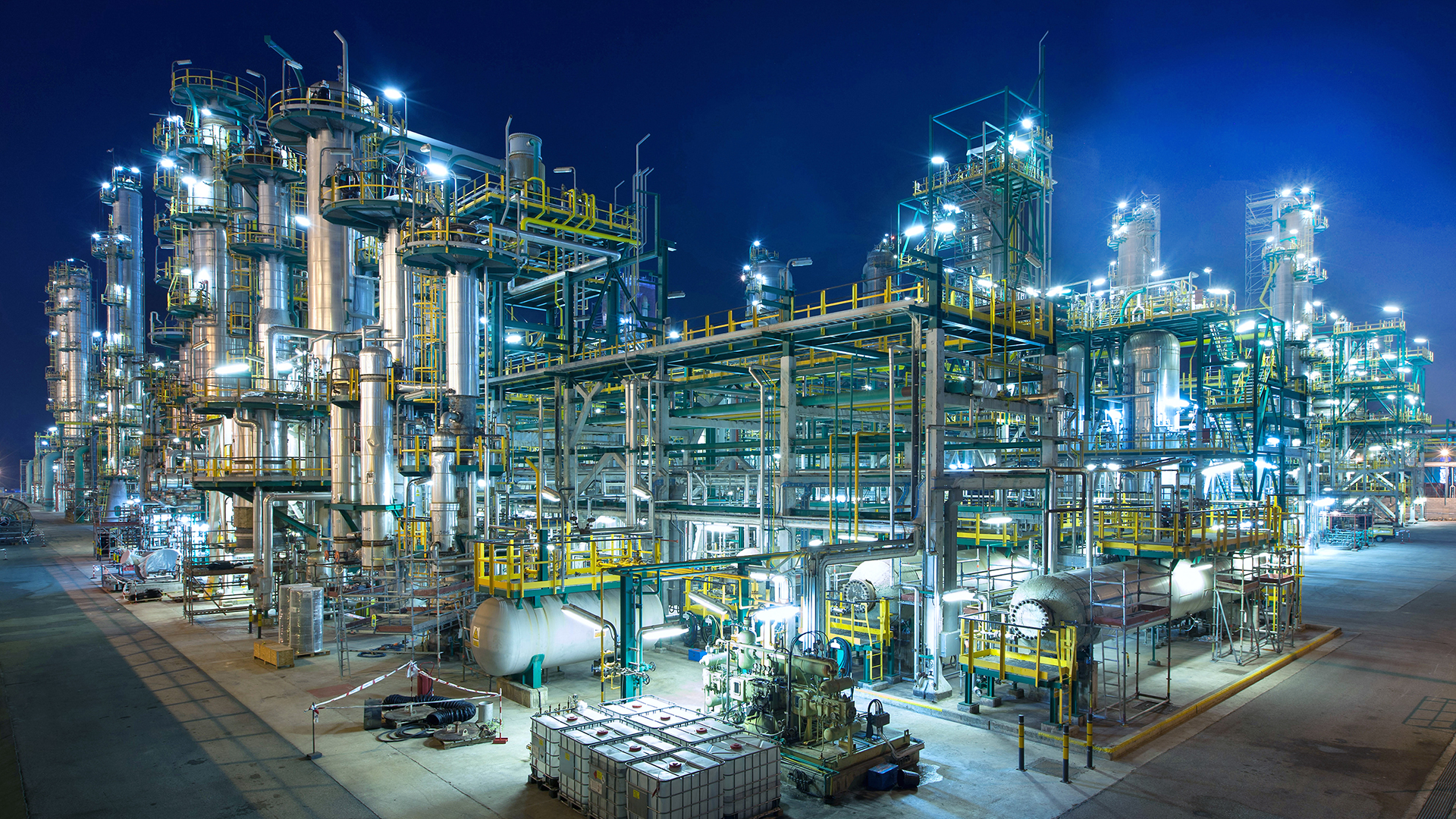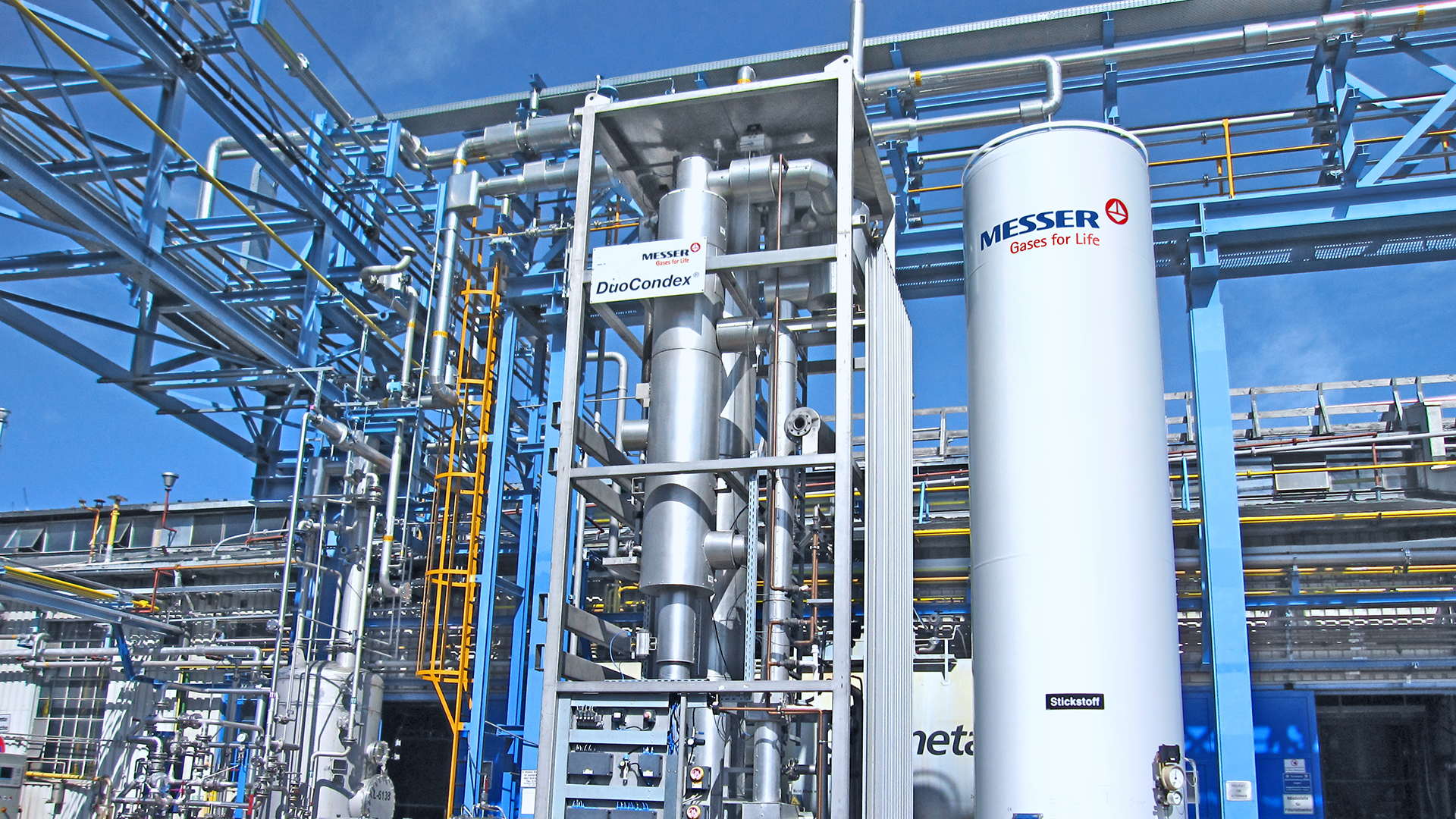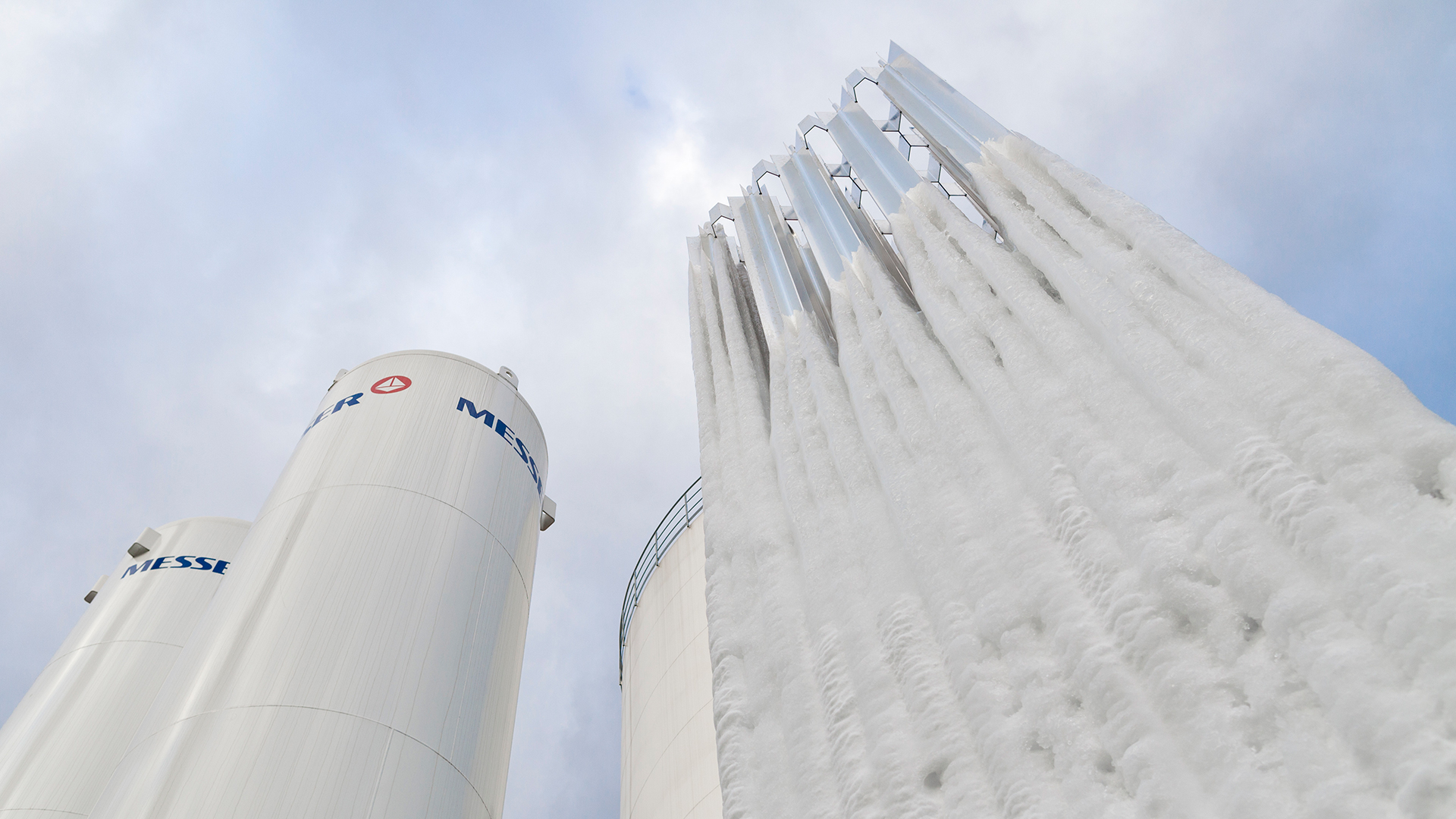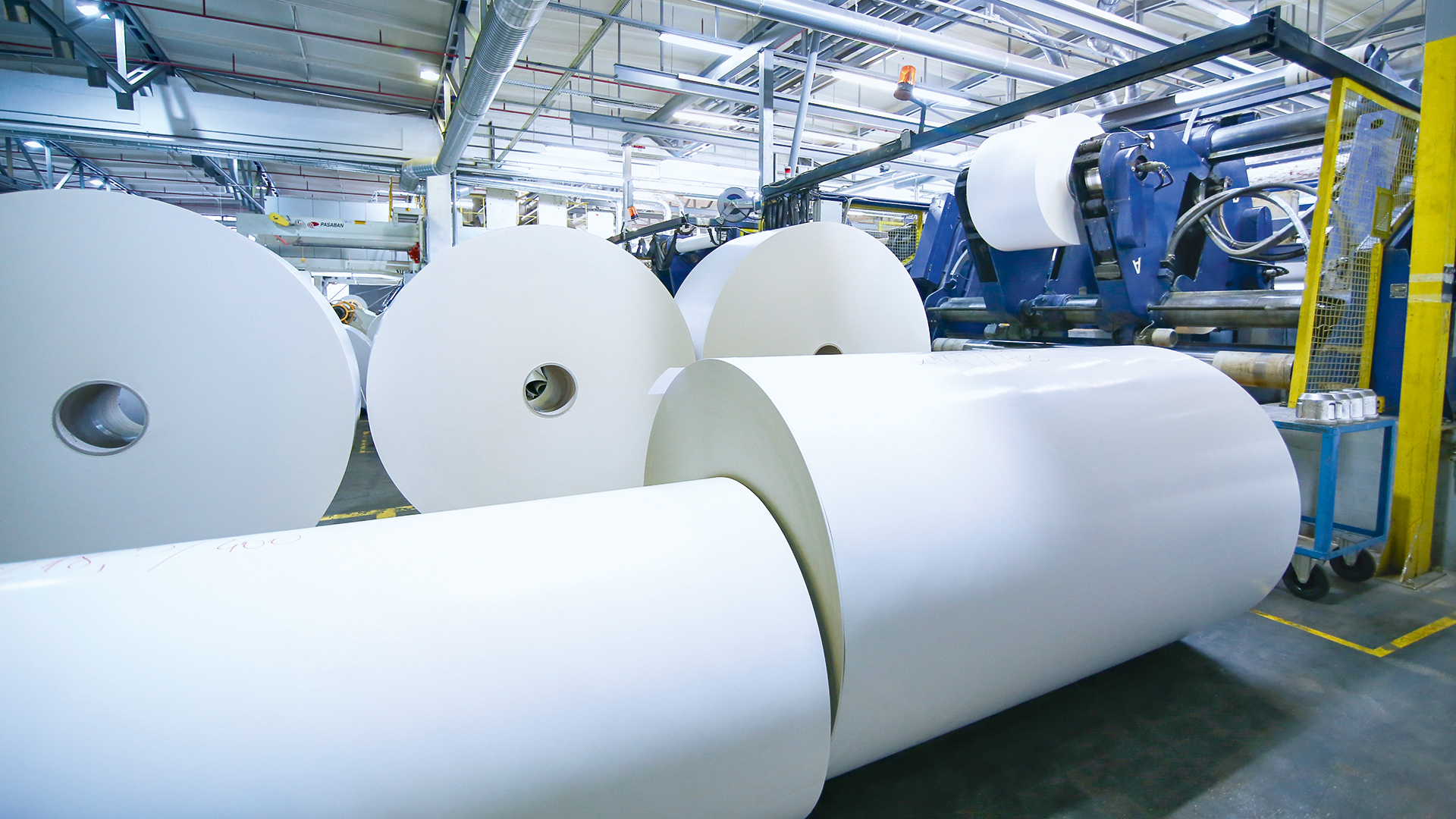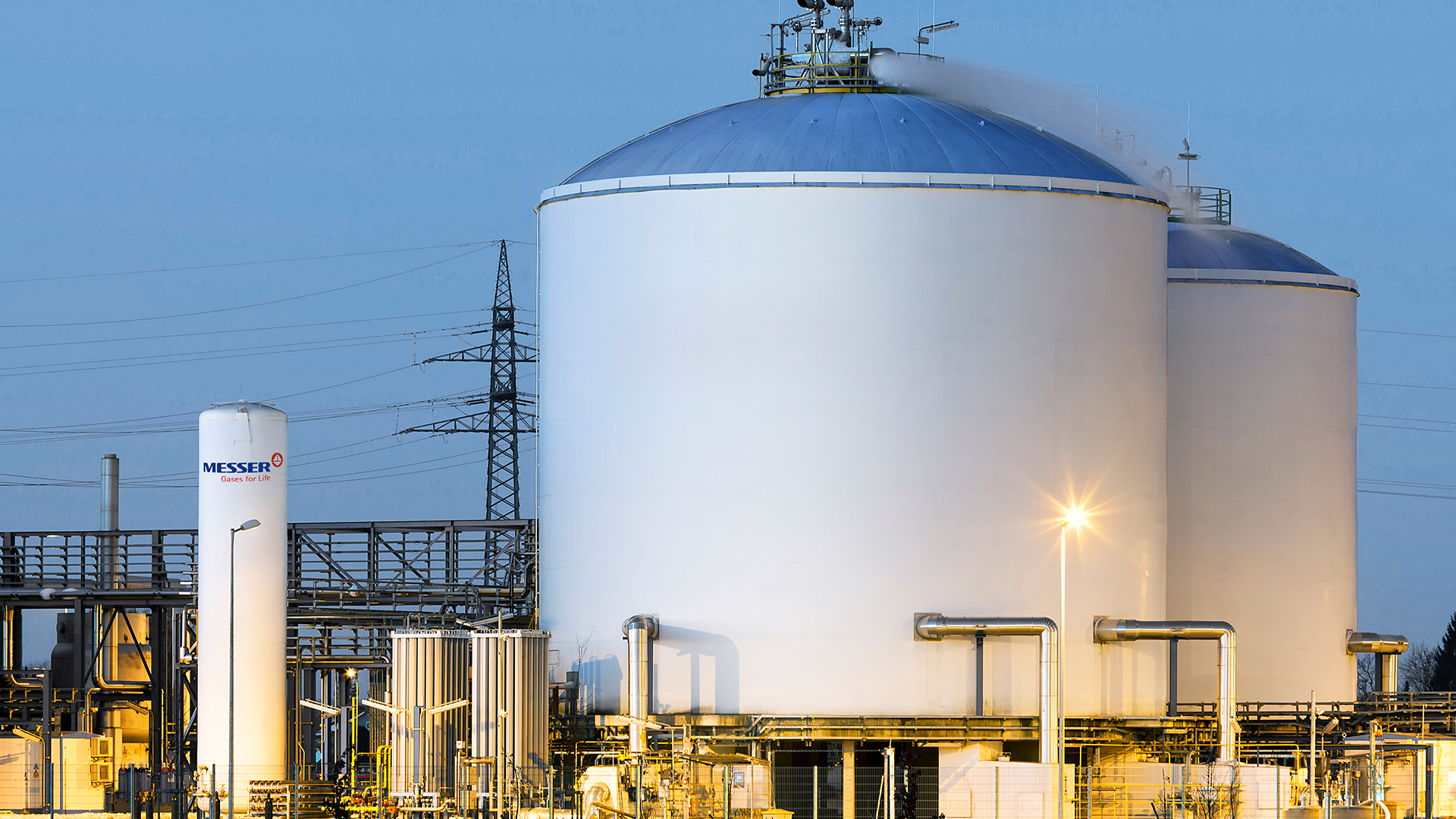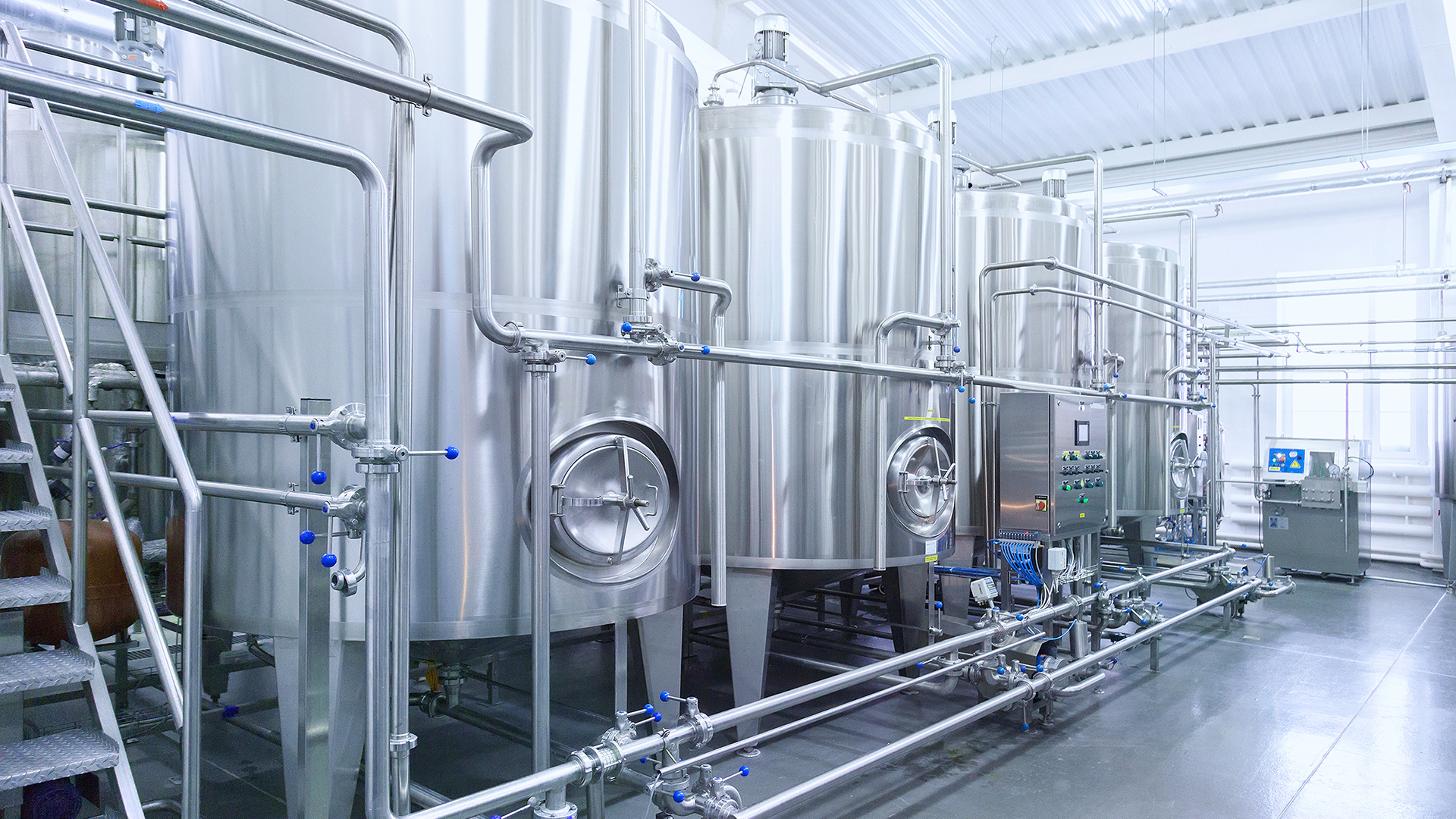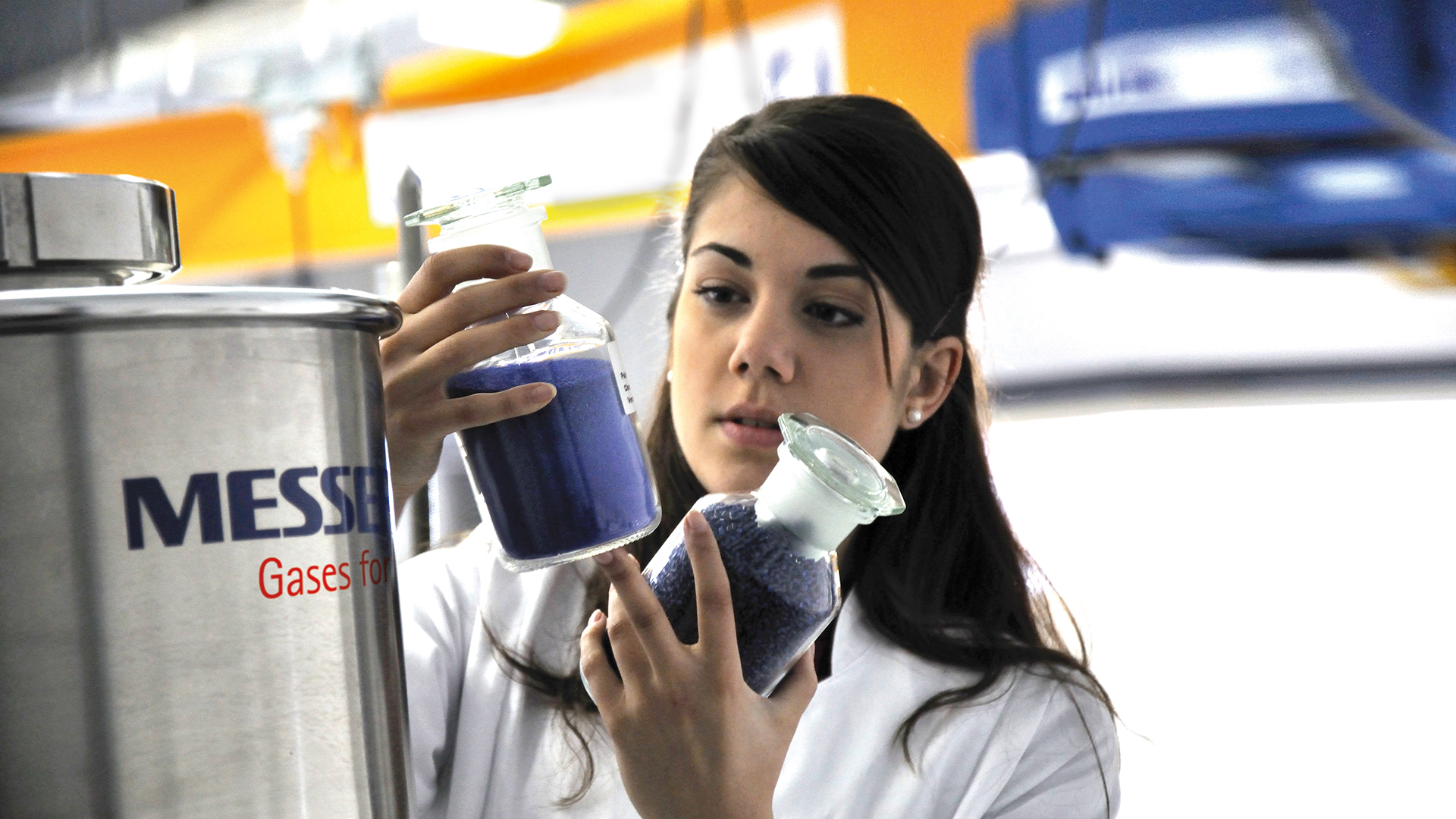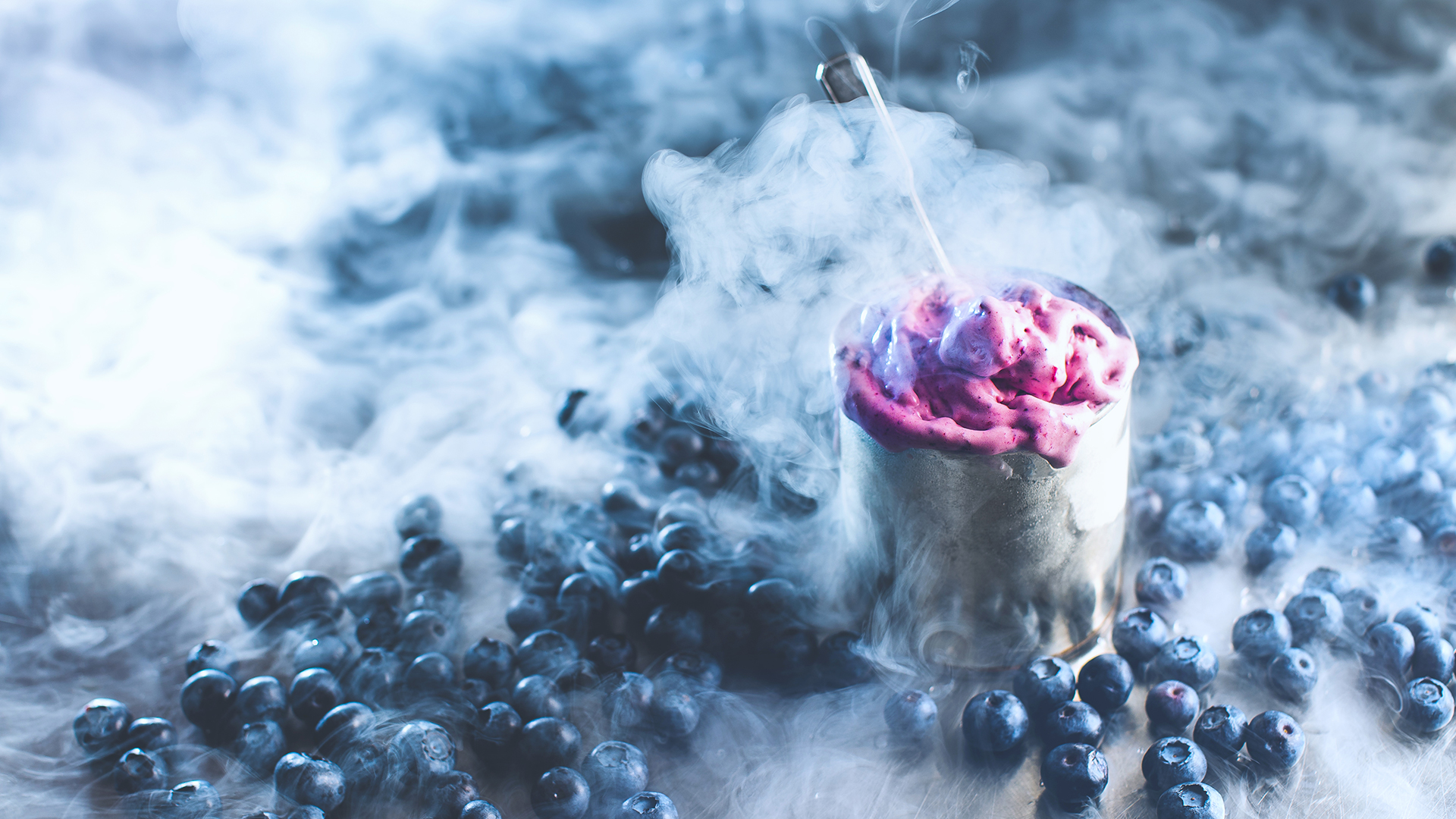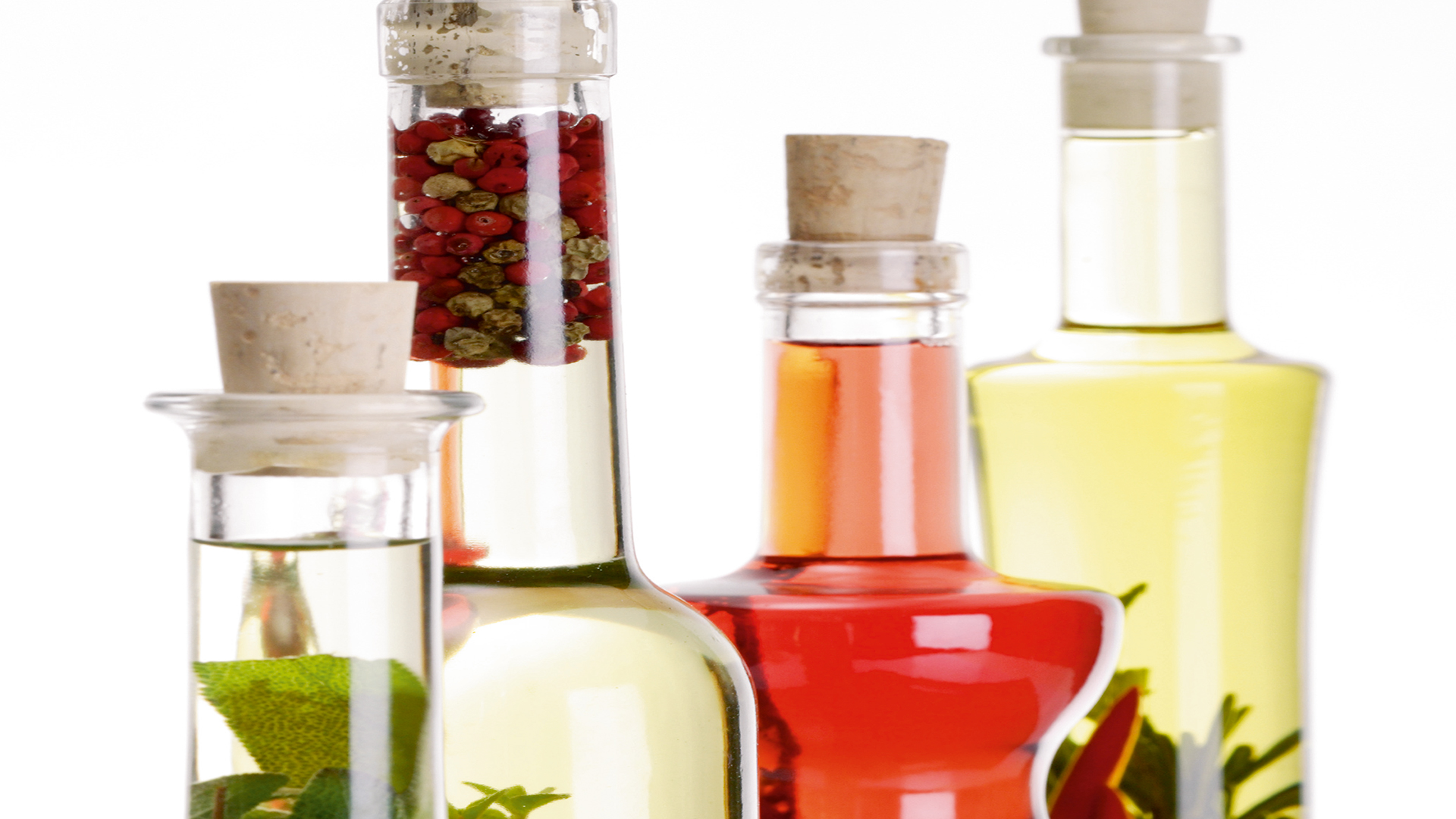NITROGEN IS N2
Nitrogen is an atom, with the symbol N, atomic number 7 and atomic mass 14.0067. In nature Nitrogen twins itself to form the stable chemical element. It was discovered in the 18th century by Daniel Rutherford. At a normal ambient temperature, nitrogen is a gas (nitrogen gas), but if you cool it to a temperature of 77.4 ° Kelvin (-195.76 ° Celsius), nitrogen becomes a liquid (liquid nitrogen). Nitrogen is an essential element of biological life on earth. Nitrogen is in proteins, in your DNA and in the organic components of animals. Nitrogen gas is an inert gas and is the main constituent of air. Air consists of 78% nitrogen, 20.8% oxygen and a few other noble gases (Argon, Helium, Neon and Xenon).
NITROGEN QUALITY NAMING CONVENTIONS E.G NITROGEN 5.0
The quality of the gas is expressed in number of nines in the purity. When you see Nitrogen 5.0, Nitrogen 6.0, .. or any other number after the gas name it expresses the purity where the first number represents the number of 9’s in the purity and the number after the point the last digit in the purity. Nitrogen 5.0 is thus a 99,999 % pure gas. The remaining components are specified in the technical data sheet of the gas. This leads us to another important aspect of the quality: as nitrogen is also often used in food applications, the remaining components cannot be toxic or smell. Nitrogen (and its mixtures) for food applications is therefore sometimes called “FOOD GRADE” as the production processes and supply chain are designed in such a way that the FOOD GRADE quality can be guaranteed to the point of use. At Messer we call our food Nitrogen GOURMET N, whereby GOURMET stands for quality food gases and the N for the N in Nitrogen.
PROPERTIES OF NITROGEN
For more information about the properties as well as an easy calculator to convert between the units, Messer proposes its application in either Apple Store or Android Play
APPLICATIONS OF NITROGEN
Inertization: nitrogen is highly inert and does not react to other gases at normal ambient temperatures. The inert properties of nitrogen makes it an excellent carrier gas that can be used in measuring methods, in food storage and on a larger scale in metallurgical and chemical processes. Increasing the percentage of nitrogen in the atmosphere reduces the natural oxygen content and increases the explosion temperature of flammable compounds. Thus, a fire hazard can be avoided if the oxygen content is reduced by a few percent and replaced with nitrogen.
Freezing capacity: nitrogen gas is transformed into liquid nitrogen when brought to a low temperature (-195.76 ° C). The enthalpy stored during this process is available as a cooling capacity in the liquid nitrogen: it can be used for the shock freezing of foodstuffs (they retain their moisture because the cell walls are not damaged), the freeze drying (the water freezes), the controlled cooling of chemical processes and for drug production. There are many other niche applications of this refrigerant that leave no trace. This is because the nitrogen evaporates and returns to its natural environment, the air. Another environment is the molecular kitchen, where liquid nitrogen is used to create particularly attractive dishes and unique combinations.
Nitrogen only connects with oxygen at very high temperatures. Then nitrogen oxides (NO, NOx and NOx) are formed. Well-known examples are the combustion engine and certain welding processes. In this case the nitrogen is then replaced by even more inert gases such as argon and helium.
For more detailed information about applications of nitrogen throughout the industry as well as the expertise that Messer can supply to solve challenges in your processes with our knowledge of gases (we call it application technology) , we refer to the pages (in English) on our corporate website. It gives you also more information on the R&D efforts and trials that Messer proposes.
NITROGEN CONTAINERS & BOTTLES (NITROGEN CYLINDERS)
There are gas cylinders in different sizes and with different pressures. Depending on the type of gas in the bottle, the "shoulder" of the bottle has a different color, which is standardized under the European standard EN 1089-3. In the case of nitrogen this is black. An overview of the different colors of the gas bottles can be found here (link to the page with the colors, alternatively the app). A 300 bar nitrogen bottle contains up to 50% more oxygen gas than a 200 bar gas bottle. This is the highest possible pressure that is currently used in the industry
Like all bottles, our gas bottles are treated on the inside, dried and chemically made passive. In this way we can guarantee optimum purity and avoid that our customers or our employees are exposed to certain risks because the gas bottles have not been treated properly by the previous user.
Because the bottles come in different shapes and pressures, it is important that the correct accessories are supplied. This way the gas can be led to your application under the right pressure and with the right flow rate. For bottles that do not contain a pressure of 300 bar, the thread varies from country to country.
LIQUID NITROGEN IN CONTAINERS – LIQUID NITROGEN IN CRYOGENIC STORAGE VESSELS
To keep the temperature of liquid nitrogen low, the nitrogen must be stored in a thermos flask. You can purchase or rent this thermos flask (dewar or portable liquid container (PLC), cryogenic tank or mini-bulk). Due to the extremely low temperatures, the safety regulations must be strictly adhered to. For example, it is recommended to wear cryogenic protective gloves or other special protective gloves.
MATERIAL SAFETY DATA SHEETS & TECHNICAL DATA SHEETS NITROGEN
For more information we refer to our product finder on this page.
BUY NITROGEN (PURCHASE)
You can purchase nitrogen gas as a company or as a private individual at one of our distribution points in this country or throughout the world. Most customers order our bottles online or by phone. Depending on the distribution point, you can collect the bottles or have them delivered to your home. Call us for more information about the delivery options or consult our Depot portlet to find the closest delivery point.




